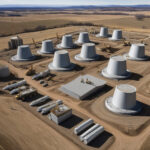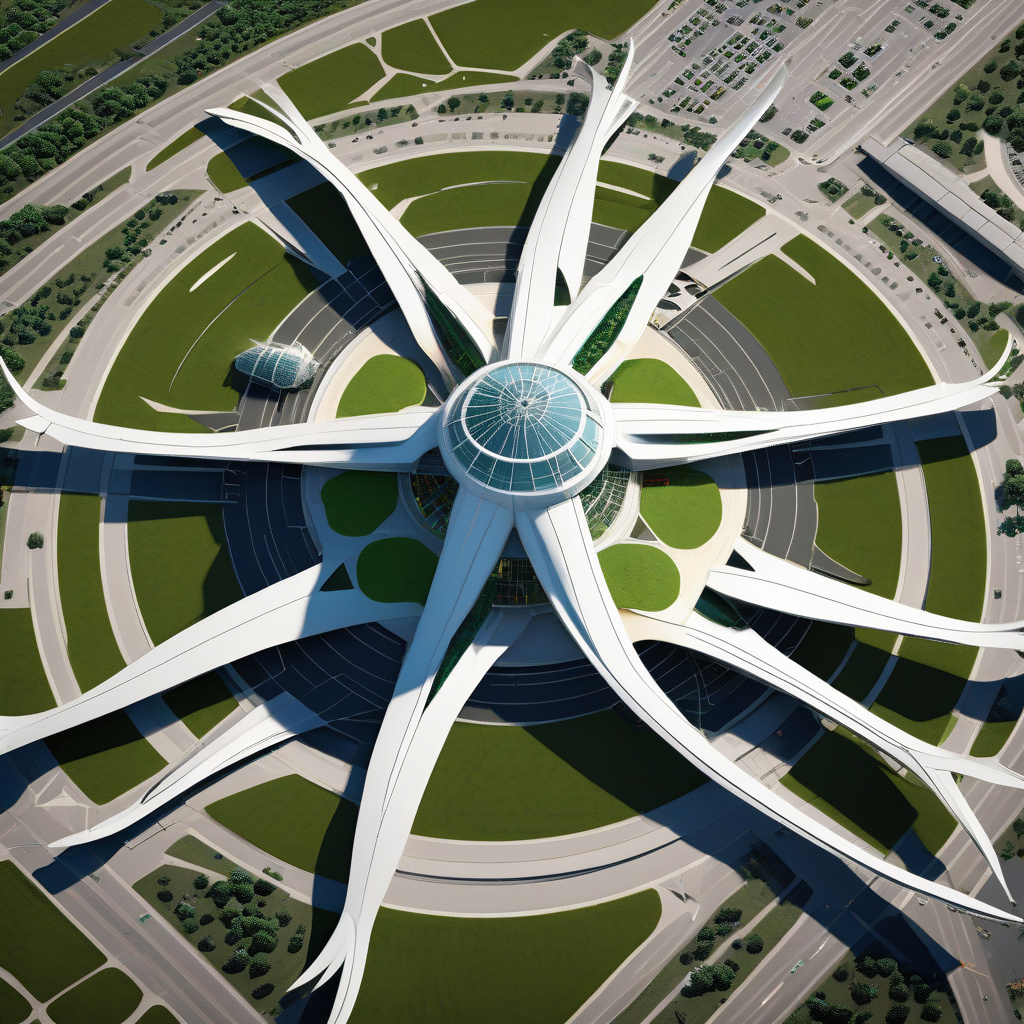Denver Airport Eyes Small Nuclear Reactor to Reach ‘Greenest Airport’ Goals
An international airport in the United States is looking for ways to build a nuclear reactor on its premises to achieve its ambitious goal of becoming the “greenest airport” in the world. Denver International Airport (DIA) has set its sights on implementing a small nuclear reactor as part of its sustainability efforts, aiming to reduce carbon emissions significantly.
The idea of integrating a nuclear reactor into the airport’s infrastructure may seem unconventional at first glance, but it aligns with a growing trend in the aviation industry towards adopting innovative solutions to lower environmental impact. As air travel continues to expand globally, airports are under increasing pressure to address the carbon footprint associated with their operations. By exploring alternative energy sources like nuclear power, DIA is demonstrating its commitment to leading the way in sustainable aviation practices.
One of the key advantages of nuclear energy is its capacity to generate large amounts of power with minimal greenhouse gas emissions. Unlike traditional fossil fuels, nuclear reactors produce electricity without burning coal or natural gas, making them a cleaner energy option for facilities seeking to reduce their environmental impact. By harnessing the power of nuclear technology, Denver Airport could significantly decrease its reliance on conventional energy sources, thereby cutting down its carbon footprint and moving closer to its goal of becoming a carbon-neutral airport.
Moreover, the implementation of a small nuclear reactor at DIA could have far-reaching implications for the broader aviation industry. If successful, this initiative could serve as a model for other airports worldwide looking to enhance their sustainability credentials. By demonstrating the feasibility and effectiveness of nuclear power in an airport setting, DIA could pave the way for a new era of clean energy adoption within the aviation sector.
However, the prospect of introducing nuclear technology into a public space like an airport is not without challenges. Safety concerns, regulatory hurdles, and public perception are among the factors that DIA will need to address as it moves forward with its nuclear reactor plans. Engaging with stakeholders, including government agencies, industry experts, and local communities, will be crucial in gaining support for this groundbreaking initiative.
Despite the potential obstacles, the benefits of incorporating a small nuclear reactor into Denver Airport’s infrastructure are clear. By diversifying its energy sources and reducing its reliance on fossil fuels, DIA can enhance its operational resilience and contribute to global efforts to combat climate change. As the world transitions towards a more sustainable future, innovative projects like this will play a vital role in driving progress and inspiring others to follow suit.
In conclusion, Denver International Airport’s decision to explore the possibility of installing a small nuclear reactor underscores its commitment to sustainability and environmental stewardship. By embracing cutting-edge solutions and thinking outside the box, DIA is positioning itself as a pioneer in the quest for greener aviation practices. If successful, this initiative has the potential to revolutionize the way airports around the world approach energy consumption and set new standards for environmental responsibility in the industry.
Denver Airport, Nuclear Reactor, Greenest Airport, Sustainability, Aviation Industry











